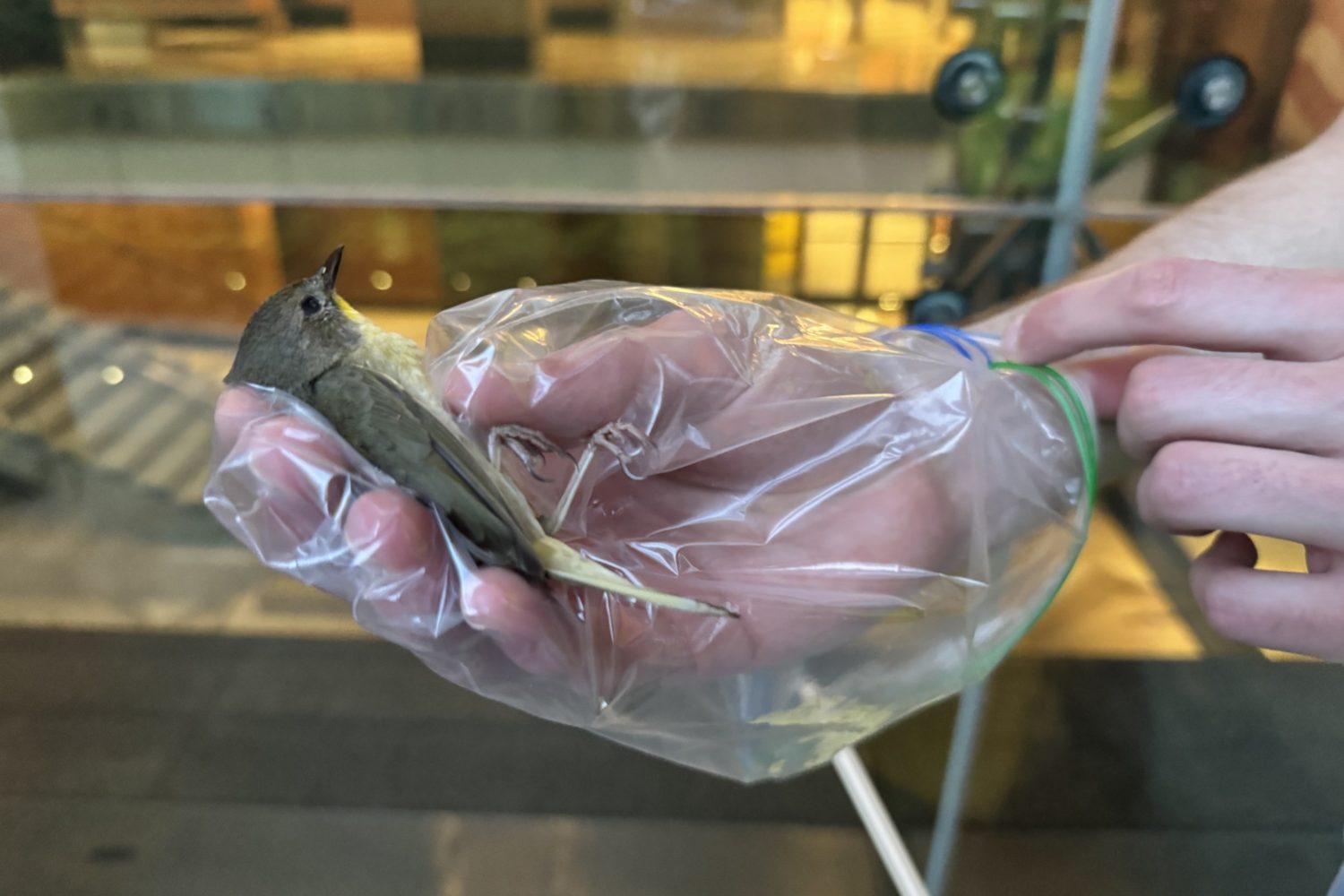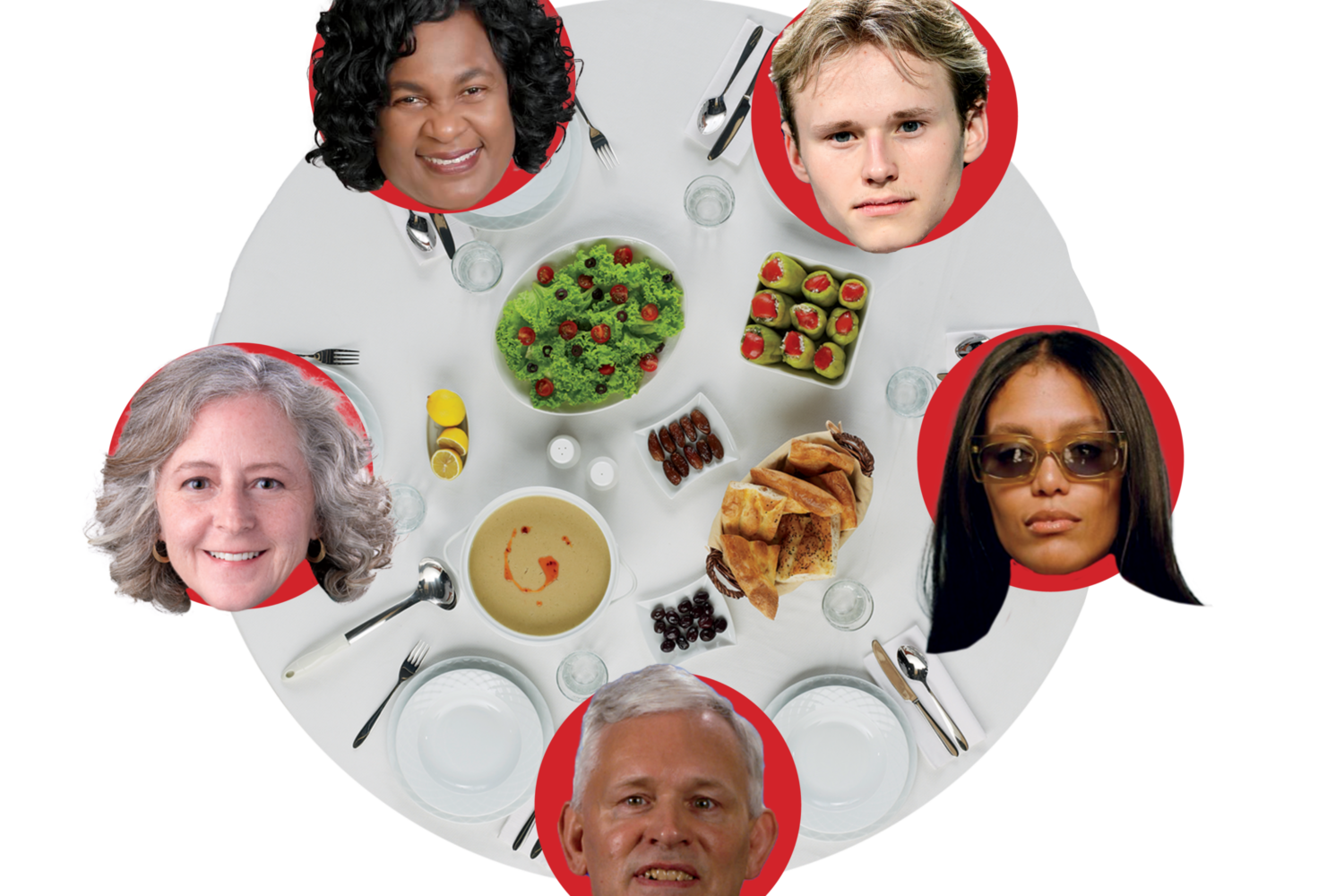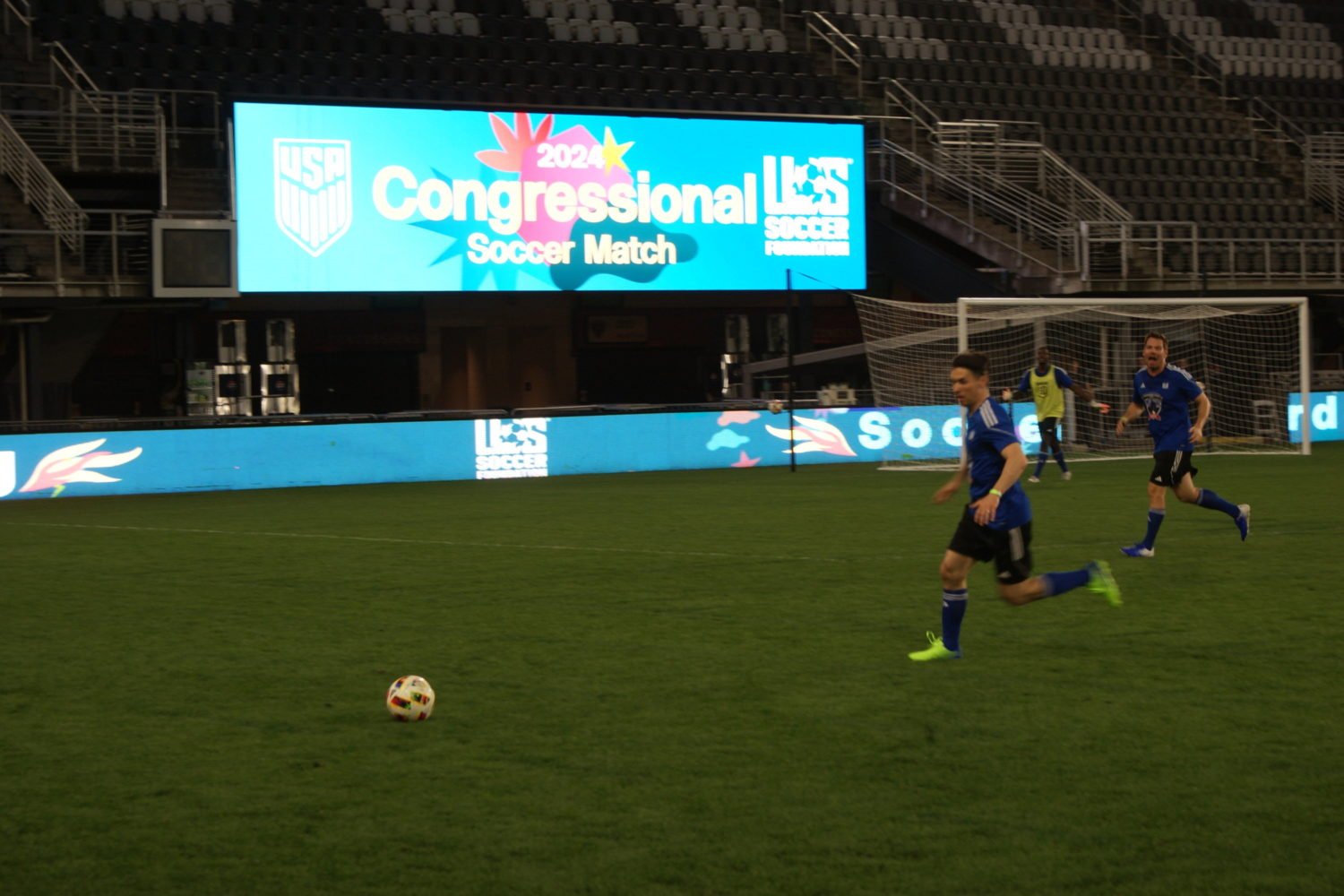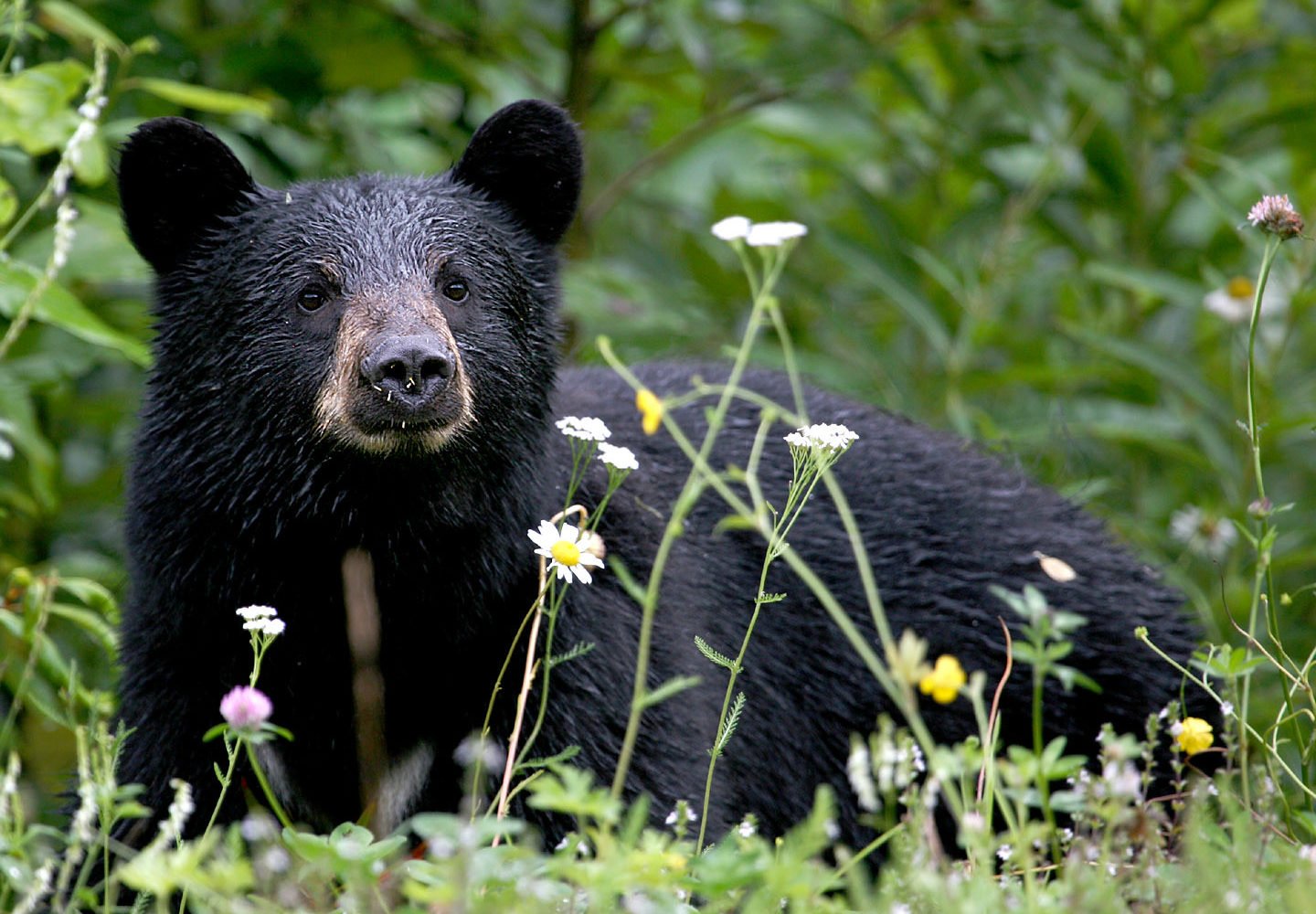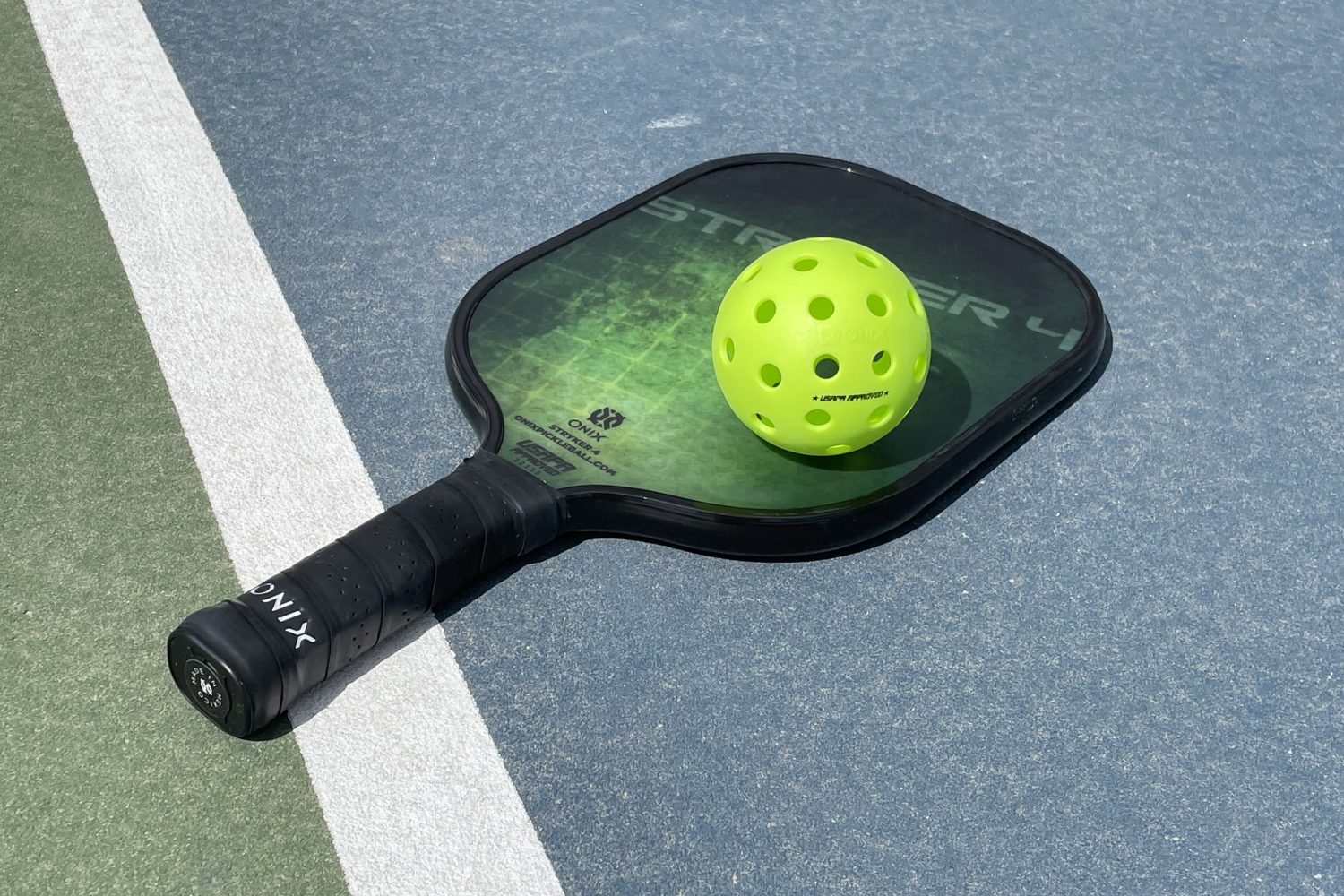Twenty years ago, I’d go to a Japanese steakhouse and pour a little carafe of hot sake into a tiny stone cup, too preoccupied with the chef juggling his knives and flipping shrimp onto people’s plates to pay much attention to what I was drinking.
I thought ordering sake involved only one decision—hot or cold. I didn’t know that most sakes were served hot to mask their inferior grade. Both sake and I have come of age.
Lots of hot sake is still served around town, but it’s cold sake that’s now hot. Zengo, Merkado Kitchen, Sake Club, and Oya are among a crop of fusion-minded restaurants changing the perception of sake as merely a bracing supplement to sushi. Many treat sake as an equal to fine wine. As they should. Elegant, fragrant, and full of finesse, sake pairs so well with today’s lighter, Asian-inspired dishes that it often makes as much sense as ordering a Singha or a Sauvignon Blanc. The best sakes are so nuanced that they make a perfect aperitif: A martini might relax you, but a great sake will seduce you with its complexity.
Along with this surge in popularity comes a troubling reality: Many inferior American-made sakes are sneaking into town. Unlike their Japanese ancestors, which have been artfully brewed for thousands of years, these interlopers are relying on fancy labels and marketing rather than the quality of what’s in the bottle.
But the Washington area has champions who are promoting the trend while protecting the authentic. One of our early pioneers of traditional Japanese sake is Kaz Sushi Bistro on I Street, Northwest, where chef Kazuhiro Okochi is offering two tasting flights of three Japanese sakes ($8.50 and $9.50) as well as one of the best sake lists around. Okochi is a wine lover who prefers to drink sake from a glass rather than from a tiny cup and encourages his customers to do the same.
“You will find that cold sake is very often served in a glass in Japan,” Okochi says. “The fragrance is one of the major factors in enjoying sake, just like a glass of wine.”
Though many restaurants have become enamored of sake, progress at the retail level has been glacial: Sake remains a fringe item in wine stores, often treated as an afterthought by inexperienced sales staff—which is why it has been easy for cheap versions to finesse their way onto the scene. A notable exception is Daruma Japan Market, a Japanese specialty store in Bethesda with one of the area’s best selections.
Yasuyoshi Yokoyama, the owner of Daruma, is a gentle man who thinks carefully before speaking. He professes a reverence for the toji, the master sake brewers of Japan who have passed down their wisdom and skill for generations. In a recent, translator-assisted conversation about America’s fledgling sake industry, I asked Yokoyama if there were any great toji in this country. After 45 minutes of speaking quietly in Japanese, he became animated, leaning forward and speaking his only word of English during the 45-minute interview: “No!”
“They’re apprentices, sent over by the Japanese firms,” Yokoyama said through his translator. “You cannot become a master toji without long experience. And the sake here is not what it is in Japan. The rice is of a lower grade, and the water is not the same.”
“What do you do with the American sakes on your shelves?” I asked.
“I cook with them!”
Okochi is in the same camp, adding that even the one hot sake he offers is Japanese. And there is little reason to disagree with Yokoyama or Okochi: Most American sake smells distressingly of Elmer’s Glue.
Surprisingly, one of the most respected sake experts is a young American living in Japan. John Gauntner, a former sake columnist for Japan Times, has founded sake-world.com, a good resource for beginner and expert alike. Though Gauntner agrees about the general state of American sake—“most is made with inferior rice, on production lines geared toward making cheap sake”—he has found a few worthy renditions.
I found one, too, in my scouring of the local stores, along with numerous Japanese versions that may cause you to put down the Singha or Sauvignon Blanc the next time you tuck into some shrimp tempura or California roll.
Seven Sakes to Try
Sho Chiku Bai Nama Sake, Organic Rice. A double rarity in that it’s unpasteurized and organic, this sprightly, medium-body California sake fared quite well alongside a Japanese counterpart and has a greater depth and complexity than the nonorganic versions available from the same producer. $6.99 per 300-milliliter bottle at Whole Foods, Georgetown; produced by Takara Sake USA.
Kuromatsu-Hakushika Junmai Pack. Sold in a paper carton, this light-body “table sake” is a good mass-produced product, one of a dozen well-chosen offerings found at DC’s Ace Beverage. With a fragrance of Cocoa Puffs, it makes a fun aperitif, can be poured easily at parties, and is so unpretentious that it could be served in a saloon. $14.99 per 900-milliliter carton; also $10.99 for 720 milliliters at Lotte Plaza, Fairfax.
Hakushika Junmai Ginjo. Hakushika is one of the largest sake breweries in Japan, and its product is widely exported to America. Until more restaurants and wine stores begin emphasizing small-batch, artisanal sake, this very drinkable junmai ginjo will remain typical of what you’ll find. $7.99 per 300-milliliter bottle at Lotte Plaza, Fairfax.
Otokoyama Tokubetsu Junmai. Despite its lower official designation—it’s “merely” a junmai—you’ll find this sake more distinctive and noteworthy than the Hakushika Junmai Ginjo above. Sold in a massive 1.8-liter bottle ($53.35), this is one of many worthy selections at Daruma Japan Market. It will stay fresh for several days if refrigerated after opening.
Gekkeikan Horin Junmai Daiginjo. This high-end sake is one of many examples to be found at the sake bar at Bethesda’s Tako Grill ($9.50 per glass), but diner beware: Many of these low-turnover sakes are poured from 1.8-liter bottles, and in one instance a bartender gave me the remnant of a near-empty bottle, then topped off my glass with one that was newly opened. There’s much to discover here, but you should consider ordering an entire bottle or insisting on a fresh pour.
Yashiori Junmai Koshu. When I told John Gauntner I liked this sake, he expressed concern about recommending it, noting that aged sake—which has traits in common with a fine sherry—represents a tiny fraction of the traditional, nonaged versions made in Japan. He’s correct, of course, but he also lives 6,700 miles from Kaz Sushi Bistro, where chef Okochi is serving this by the glass ($12 for 60 milliliters) and pairing it with Wagyu beef in a miso-scallion sauce.
Ginga Shizuku “Divine Droplets” Junmai Daiginjo. This hauntingly complex jewel is made inside an igloo—an ice dome built each year when the temperature drops below 14 degrees Fahrenheit—and rather than being pressed away from its fermenting rice lees, it is allowed to drip out of canvas bags overnight, resulting in a siren’s song of a sake that will ruin you forever. Worth every last penny of $69.99 for a 720-milliliter bottle at the Wine Specialist in DC.










